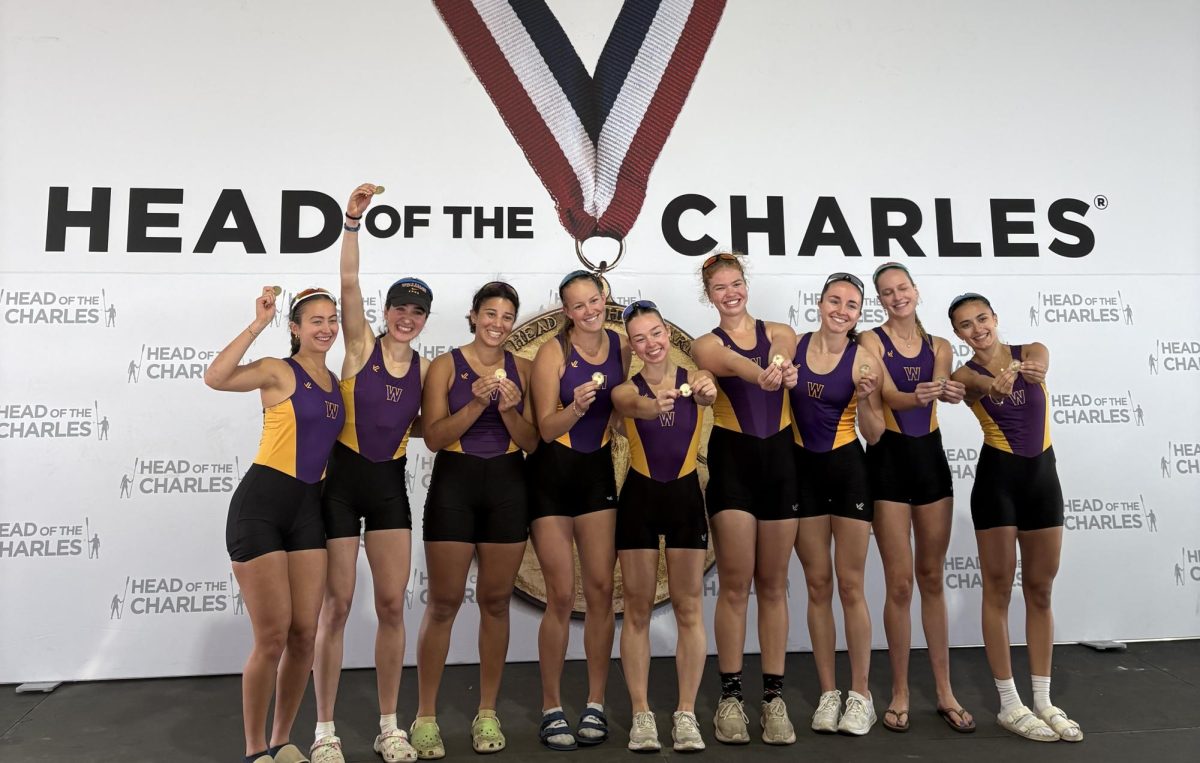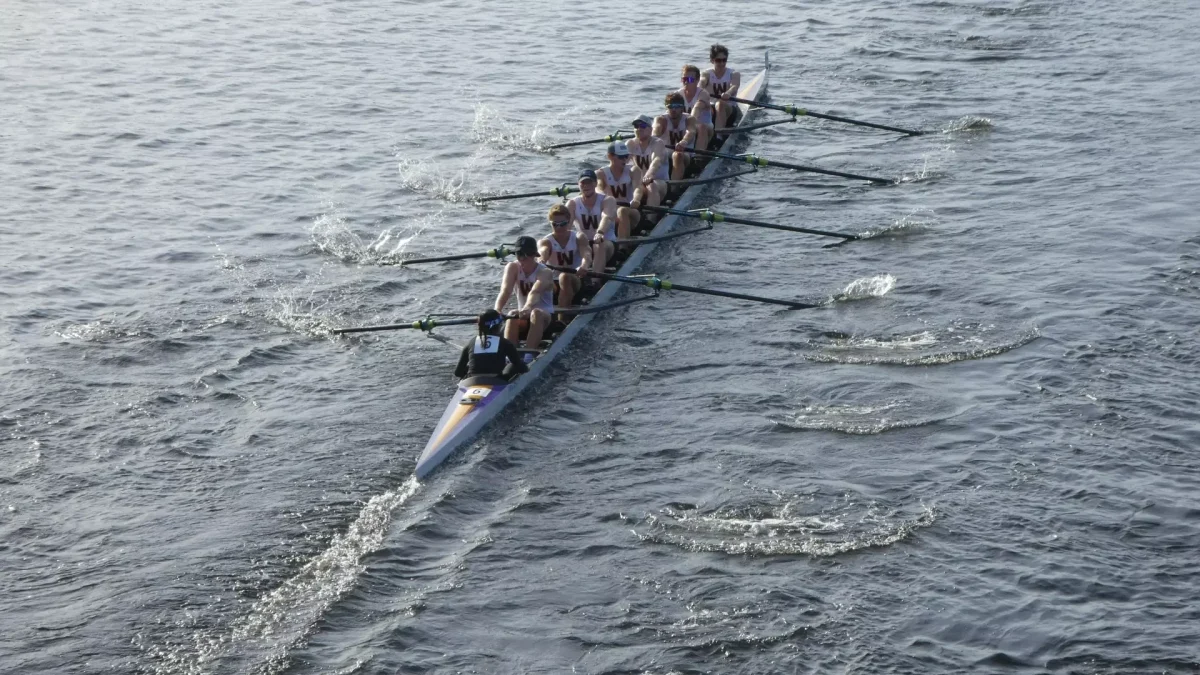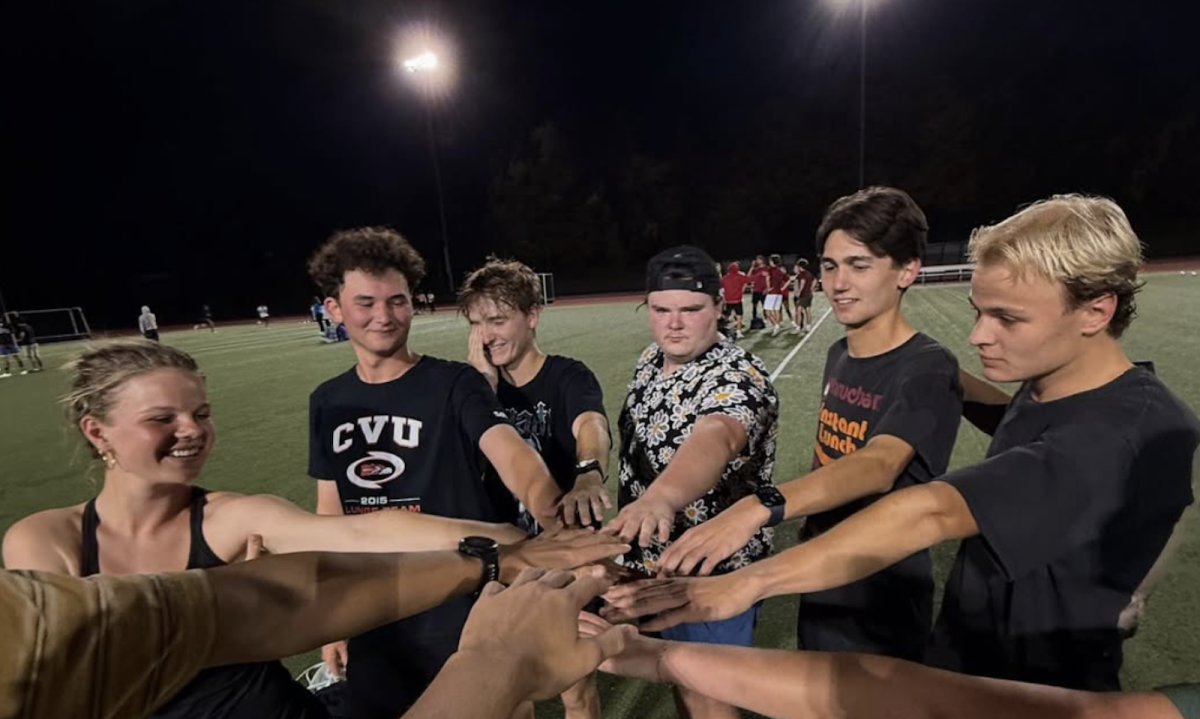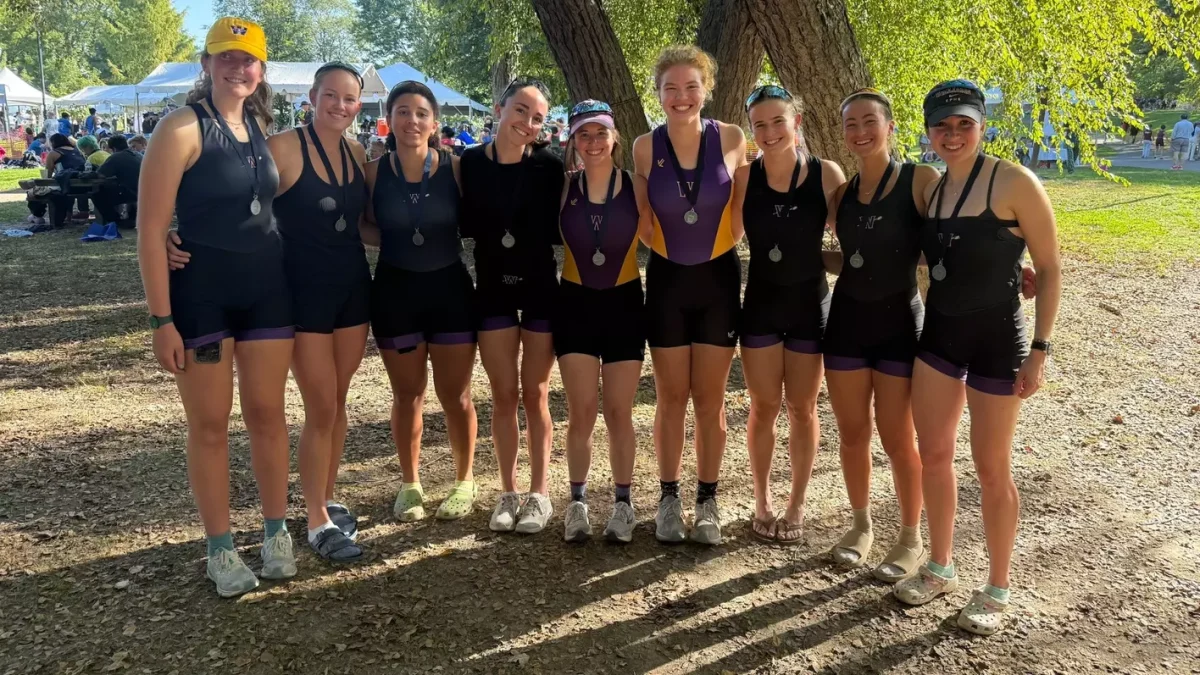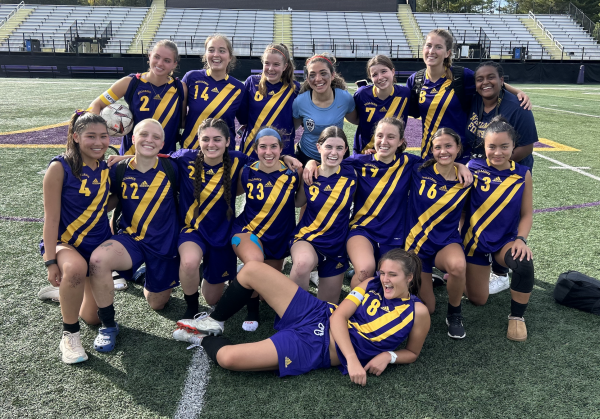
Over the summer — after months of organizing — students formally established both a men’s and a women’s and nonbinary club soccer team at the College. As they wrap up their first official season, both teams have achieved significant goals on and off the field.
Before the creation of the club, male students hoping to play soccer had the option to try out for the Junior Varsity (JV) team. “There was always a JV program, but there was never an official club sports or club program,” said Sam Youngwood ’25, a former JV and varsity soccer player at the College, who now plays on the club soccer team. Because the JV team fell under the purview of the men’s soccer coach, its members were unable to schedule their own games and therefore had limited opportunities to play.
Those who were not on the varsity or JV teams could participate in the pickup soccer Registered Student Organization (RSO). However, due to its RSO status — it was a so-called “sports club” rather than an official club sport — pickup teams could not represent Williams in games against other colleges, Assistant Director for Intramural Sports Kris Hoey wrote in an email to the Record.
But in fall 2023, Sebastian Bonnard ’26, Jamie Woods ’26, and Joseph Lev ’25 — now the co-captains of men’s club soccer — decided that they wanted to start a competitive, student-run alternative to existing options. They started to petition the College’s athletic department to create a club soccer team, Bonnard said.
Simultaneously, Bea De Monaco ’25 and Marta Symkowick ’25 worked to found a club soccer team for female and nonbinary students. However, their desire to do so stemmed from a different issue: a lack of options for non-male athletes, according to De Monaco, now a co-captain of the club team. “I really wanted to create some sort of space for women [and] people who identify as nonbinary to play soccer because the only place was pickup, and that was male-dominated,” she said.
Co-captain Elodie Griffin-Schmidt ’26 noted that there hadn’t been a women’s JV soccer team in years and that intramural soccer — a less committed and consistent alternative to JV and pickup — was also traditionally dominated by male athletes.
“There was genuinely no space for people who were not male-identifying to play soccer in a space that was comfortable and competitive, and I think there was a real need for it,” Griffin-Schmidt said.
De Monaco and Symkowick registered a RSO team for female and nonbinary players in the spring of 2023 — but once again, they could not play games against other colleges.
“We were an RSO, but we couldn’t play games technically, so the next step was trying to become a club sport and not a sports club,” De Monaco said.
She noted other differences: Unlike RSOs, official club sports require health screenings, such as impACT tests prior to the season, and also receive separate funding from the College.
Both teams’ leaders pitched the idea of a unified, official club soccer team to the College multiple times throughout spring 2024. They created a budget for both teams and worked out scheduling and other logistical issues, De Monaco said.
On July 2, the leaders received an email from Hoey, stating the College’s commitment to supporting both club soccer teams at the College. The teams would compete this fall in a trial season for the National Intramural and Recreational Sports Association (NIRSA), a collegiate club sports organization.
“We were like, ‘Yo, it finally happened,’” De Monaco said.
Through the arrangement, the College has recognized both teams under the same organization. “We were under one club, two teams,” Griffin-Schmidt said.
As the 2024–25 academic year began, the teams got down to business. They held extensive tryouts during the first week of the season before beginning regular two-hour practices three times a week. And on Fridays, the teams practice together.
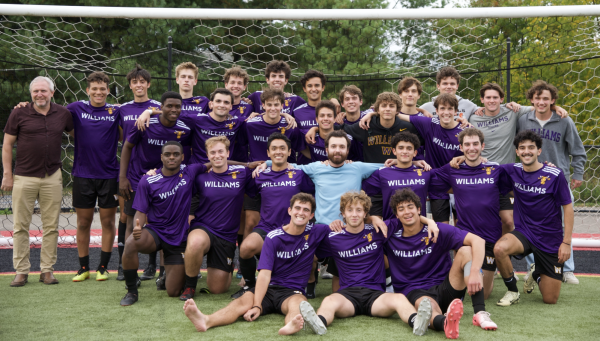
This year, the teams cannot play beyond the regular season because they are competing in NIRSA for the first time. Their games will instead be used to qualify for official divisions next season, when the teams could compete in regional postseason tournaments.
“We need to prove that we’re going to show up to the games and actually exist as a team,” said Patrick Staudenmeyer ’28, a member of the men’s team. “Next year, we’ll be in an actual division.”
Even though this year is only a trial run, both teams have experienced resounding success.
The women’s and nonbinary team lost its home opener to Siena — but then notched five shutout wins in a row during the middle of the season, including a 12-0 win over Bowdoin and a 1-0 victory against Amherst. The team’s streak ended in a 3-0 loss to RPI, but De Monaco said the team is trying to schedule one final match for a “Senior Night.”
The men finished with an undefeated record in NIRSA play, which concluded on Oct. 13 against Harvard. Since the end of the NIRSA season, the team has been playing in exhibitions, according to Bonnard. Its undefeated streak came to an end with a loss to Skidmore on Saturday, but the team has a chance to beat Amherst in its final game this Saturday.
“The fact that we came from nothing and have had so many successes as a team — with no backing — is great,” Griffin-Schmidt said.
In addition to their successes on the field, each team has enjoyed the relatively relaxed atmosphere associated with club soccer.
“This has been without a doubt the most fun I’ve had playing soccer since high school,” Youngwood said. “We’re all friends. We all hang out watching Arsenal games on Sundays.”
For the female and nonbinary team, this year has showcased the potential for club soccer to leave a lasting impact at the College.
“My favorite thing is to see freshmen make connections,” De Monaco said. “Having club soccer be a space for them to create friendships, make memories, and find a space at the school is really exciting and makes me happy.”



